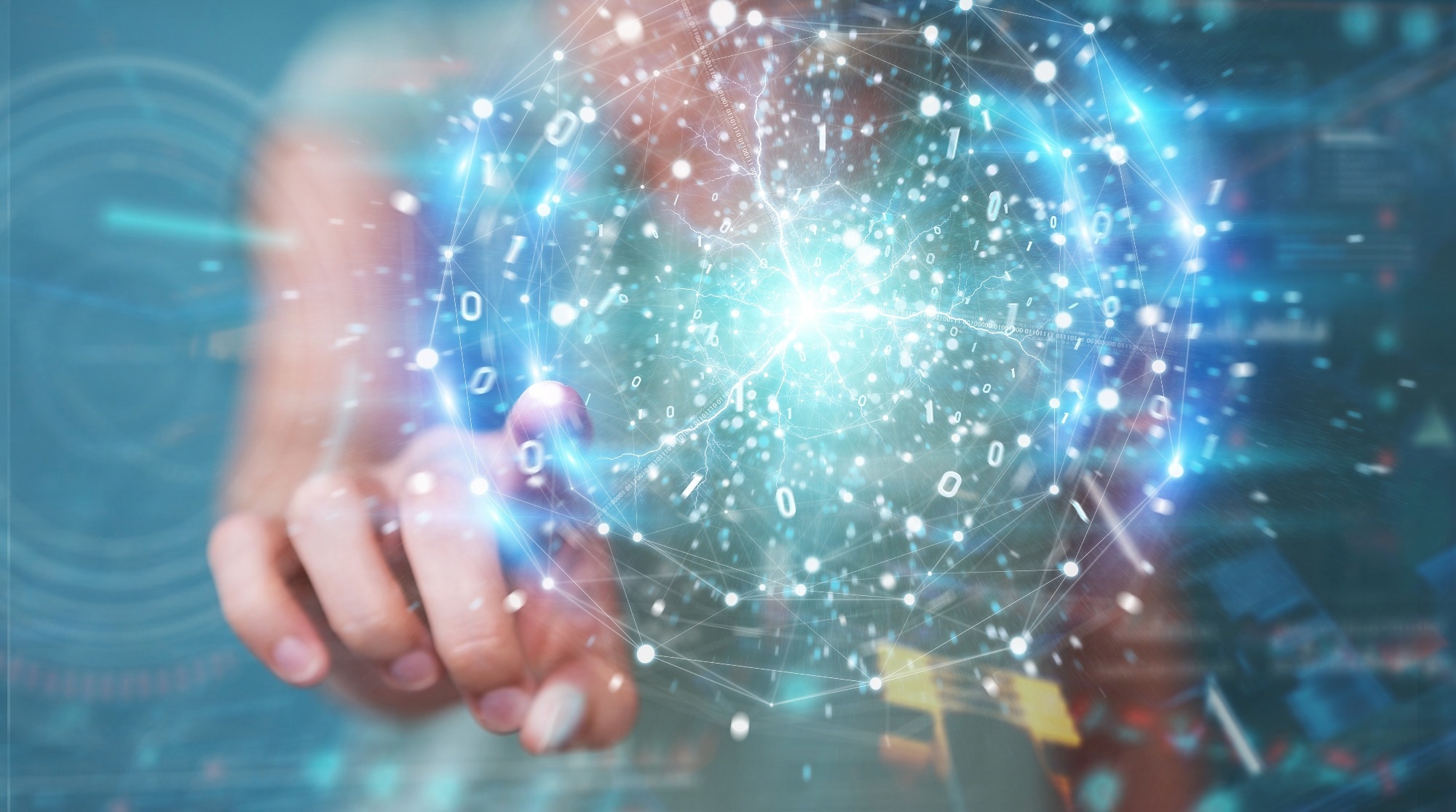In an article published in the journal Scientific Reports, researchers discussed the phenomenon of unique feature memorization (UFM) in deep neural networks (DNNs) trained for image classification tasks. UFM memorizes those specific features that occur only once in a single sample in the training data, such as a name, ID, or other personal information. Further, the study presented methods to measure and understand UFM and discussed its implications for the privacy and robustness of DNNs.
 Study: Understanding Unique Feature Memorization in Deep Neural Networks for Image Classification. Image credit: sdecoret/Shutterstock
Study: Understanding Unique Feature Memorization in Deep Neural Networks for Image Classification. Image credit: sdecoret/Shutterstock
Background
DNNs are robust artificial intelligence models that can learn complex patterns from large amounts of data and achieve high accuracy in various tasks such as image recognition, speech recognition, natural language processing, and medical diagnosis. However, these models also memorize irrelevant features from the training data, which can affect their generalization and reliability. Moreover, some of these features may contain sensitive or personal information that can pose a risk to the privacy of the individuals whose data are used for training.
These models are often used for classification tasks, where they map an input data sample to a vector of probabilities for each possible class label, such as disease diagnosis, object recognition, or sentiment analysis. Such a model is trained by adjusting their parameters (weights) to minimize a loss function that measures the discrepancy between the predictions and the ground truth labels on the training data. It can achieve high accuracy and generalization on unseen data but can also overfit, especially when the data is noisy, sparse, or contains spurious correlations.
About the Research
This paper focuses on a specific type of memorization called UFM, where DNNs memorize unique features and propose methods to measure and identify them. It explains the factors that influence UFM, such as the rarity and uniqueness of the features and the consequences of UFM for model robustness and privacy. Further, UFM can occur even when the unique feature is present in only one sample in the training data, and it can affect the model’s predictions on other samples that contain the same feature.
Methodologies
Researchers used the following techniques to study UFM in DNNs.
- M score: It measures the UFM in DNNs by comparing the model’s confidence in images with and without the unique feature. The higher the M score, the more likely the model has memorized the feature. It can be applied in different privacy settings, such as white, grey, and black boxes. Here, each setting has different levels of access to the training data, the unique feature label.
- Regularization techniques: It reduces overfitting and improves the generalization of neural networks, such as dropout, data augmentation, weight decay, and batch normalization. The authors tested its ability to prevent or reduce UFM.
- GradCAM explanations: It visualizes the most relevant regions of an image for the model’s prediction. Researchers used it to show how memorized unique features influence the model’s decision.
Research Findings
The outcomes show that UFM occurs frequently in DNNs trained for image classification, regardless of the model architecture, the dataset, or the regularization technique. This is because UFM is influenced by the rarity of the concept introduced by the unique feature, rather than the frequency of the feature itself. For example, a name that appears only once in a dataset of chest X-rays is more likely to be memorized than a name that appears several times in a dataset of faces.
Further, the paper shows that UFM happens early in the training process and can be detected by an external entity without access to the training data or the model weights, using only the output of the last layer of the network and the unique features. Moreover, UFM can pose a risk to the privacy of individuals whose data is used to train DNNs, as well as to the robustness and interpretability of the model’s predictions. This research has potential applications in various fields that use DNNs for image classification, such as medical imaging, computer vision, biometrics, and security. It can also be used to design and train more robust DNNs to improve privacy.
Conclusion
In summary, the study findings show that UFM is a common phenomenon in DNNs and is influenced by the rarity of the concept and the features in the training data. It proposes some methods to measure the recall of unique features in DNNs. The unique features, which occur only once in the training data, can be memorized by DNNs even if they are irrelevant or sensitive and may lead to privacy risks and poor generalization, especially in medical imaging.
The authors explain that UFM negatively impacts the privacy and robustness of DNNs and should be considered a potential risk and mitigated using appropriate techniques. Furthermore, UFM can be identified and measured in different settings using the M score or its variants.